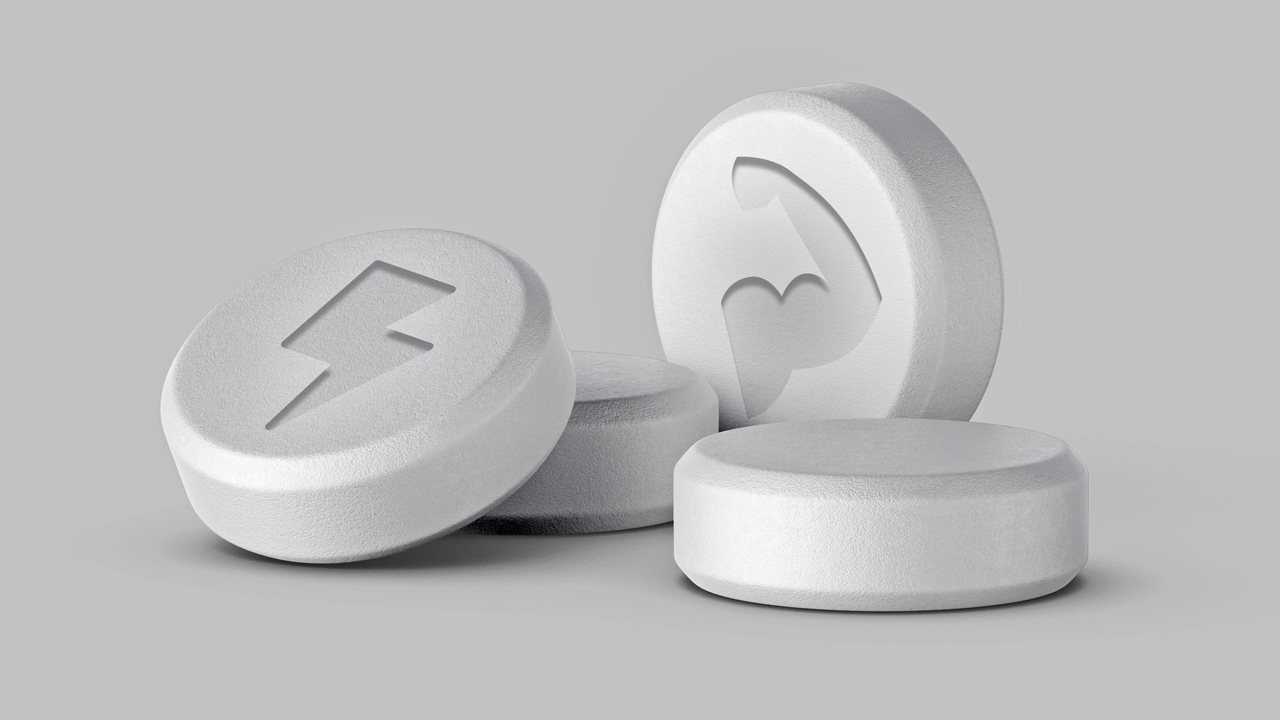Build Muscle
Avoiding Prohibited Substances in Muscle Building and Energy Supplements
The supplements you take can make promises that the World Anti-Doping Agency’s (WADA) Prohibited List seeks to stop. Anabolic agents, stimulants and hormone modulators are common targets for sports nutrition products and also sports drug testing. Grey areas in prohibited list language can lead to confusion about what is or is not prohibited, making things complicated for formulators, athletes, and consumers who wish to avoid banned substances. Perhaps nowhere is this more apparent than in the muscle building and energy categories, where myostatin inhibitors and stimulants are common ingredients—making them the perfect case study for the thorny issues at hand.
Navigating The Grey Area
Some people believe evaluating supplements for prohibited substances is a simple matter of reviewing the list of ingredients to see if any are on the WADA Prohibited List. Even when it may seem simple, reviewing supplements is complex. Reaching the correct conclusion requires thoughtful interpretation of the list language and more than anything else, experience. This needs to be in concert with awareness of the natural presence of prohibited substances in common supplement ingredients and consideration of the practical applications of sports drug testing. Evaluating myostatin inhibitors and stimulants illustrates the challenges.
Understanding The Language
In the case of myostatin inhibitors the WADA Prohibited List seems very specific, but it may be interpreted much more broadly. The language in section S4.3 reads: “Myostatin inhibitors such as: Agents reducing or ablating myostatin expression; Myostatin binding Proteins (e.g. follistatin, myostatin propeptide); Myostatin-neutralizing antibodies (e.g. domagrozumab, landogrozumab, stamulumab). The “such as” and “agents reducing or ablating myostatin expression” language leaves a lot open to interpretation. Common supplements like green tea extract contain epicatechins, which are often sold as myostatin inhibitor supplements. Does the language put green tea in jeopardy? Other ingredients like Fortetropin that is derived from eggs contains follistatin, which is currently banned in sport. No positive drug tests have been called for epicatechins yet. Perhaps it may be a focus in the future or a specified exception? No positives have been called for follistatin yet either as it hasn’t yet been targeted by the system despite being banned. In fact no myostatin inhibitors have caused a positive drug test yet as the category is still fairly new.
Close Bonds
Let’s take a look at energy supplements and the stimulants that often fuel them. Take the infamous compound methylhexaneamine (DMAA), a popular energy ingredient, often called geranium oil extract, which was added to the WADA Prohibited List only after a positive drug test was called for it based on a similarity to a listed compound tuaminoheptane. This was one of the first times the ‘related substance’ language on the WADA Prohibited List was employed. DMAA went on to become one of the most reported drugs ever in the system. In the search for alternatives to DMAA, other serious issues arose with novel phenethylamine (PEA) derivatives. Methamphetamine and amphetamine are both part of the PEA family. Unfortunately, unscrupulous formulators decided to use close cousins of these dangerous drugs as active ingredients in supplement products. The supplement product ‘Craze’ drew the ire of food safety and sport regulators and, again, a positive drug test ensued from an unlisted substance that was related to a compound on the list. WADA responded by banning phenethylamine and its derivatives as stimulants. Ironically, PEA itself is a naturally produced amine that is present in chocolate and even beans and peas.
Questions Arising
But this still doesn’t answer all the questions. A supplement product with the active ingredient PEA would certainly be considered prohibited. As for other common ingredients like tyramine, another PEA derivative, it is anyone’s guess as to when WADA may interpret another stimulant to be prohibited before it is listed. Don’t try to navigate these issues on your own. The grey areas and infinite nature of the WADA Prohibited List language make it difficult for even well-intentioned formulators, athletes or consumers to steer clear of prohibited substance concerns. Reviewing supplements in the muscle building or energy sectors can be particularly difficult, and these challenges reach into all corners of sports nutrition. Third-party certifications like the industry leading BSCG Certified Drug Free program take all the guess work out of the equation.
Oliver Catlin is president of Banned Substances Control Group, a third-party certification and testing provider focused on banned substances, quality control (QC) and GMP (good manufacturing practice) compliance that serves the sports nutrition, natural products and dietary supplement industries.














